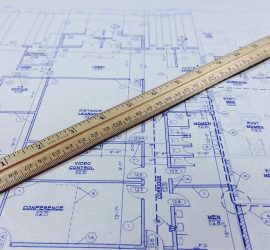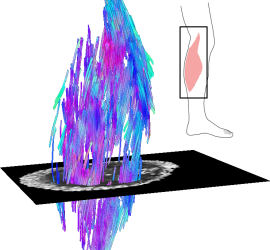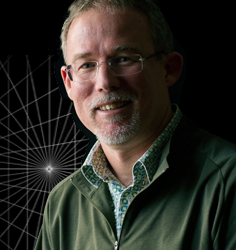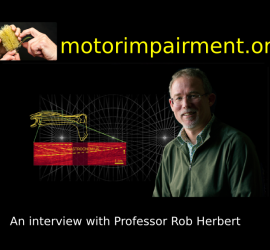3D architecture of muscles during growth
Body mass and body size increase during growth. Muscles must adapt during growth to deal with these changes. However, little is known about the modifications in the three dimensional geometry (e.g. cross-sectional area, fibre length) of developing muscles (Bénard et al. 2011; Böl et al. 2017). Knowledge about the structural […]









